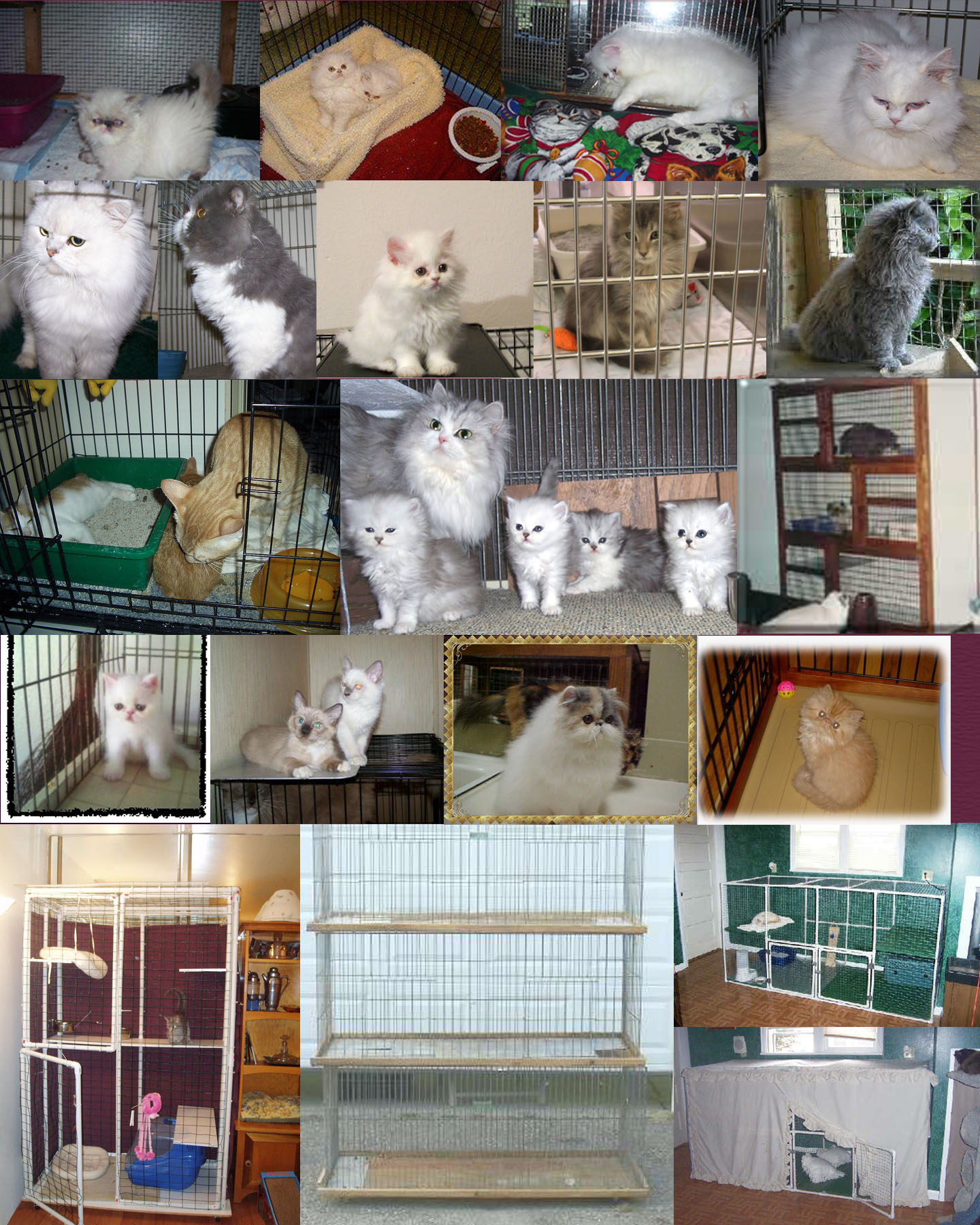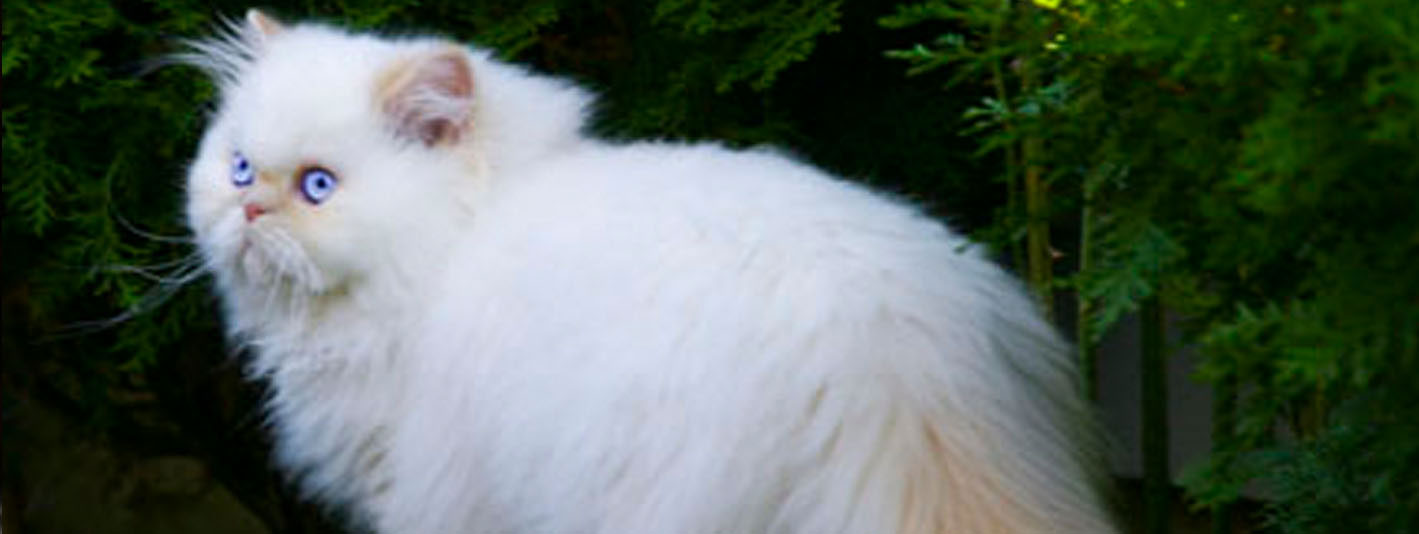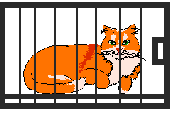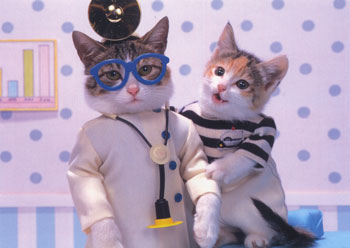

Persian Cat Breeders~ Guidelines
- Intro
- Pedigree
- Avoid Kitty Mills
- Health Guarantee
- Health of All The Cats
- Photos
- Making The First Call
Persian Cat Breeders a Guide by Persian Kittens. Persian Kittens® is home to our beautiful CFA Champion Persian Kittens and Cats. We have choosen to concentrate on an ideal “look” of Persian Cat which we feel is represented in our Champion Star Maxi. Maxi represents the Himalayan Division of the Persian Breed. There are six other divisions of the Persian Breed that may be more appealing and what you may be looking for, (Solid Color, Silver and Golden, Shaded and Smoke, Tabby, Particolor, and Bicolor Divisions are the six other Persian Divisions). All cats are beautiful, and even if you don’t adopt one of our kittens, some of the things you should look for in reputable persian cat breeders are listed as follows.
A Pedigree A pedigree (also called “papers”) is the only way to ensure a kitten is indeed a purebred Persian Kitten, without a pedigree, you may just be getting an expensive long haired domestic kitten. A Purebred Cat is a cat whose ancestors (usually over 3 to 5 generations) are the same breed. If you buy your kitten from a cat breeder with no pedigree or a pet store, you may not get the correct information about ancestry. Unscrupulous cat breeders are notorious for not registering with proper parentage, and claiming champion lines, with no proof or documentation. Buyer beware! Check all claims cat breeders make, and try to avoid pet stores. Make sure you see the parents of the kitten you want to adopt, and verify it’s pedigree by making sure the pedigree matches the parent’s photos. This will also show there is no inbreeding and possible hidden genetic defects.
Avoid Kitty Mill Sources The ease of selling pets over the internet has made it very attractive to Kitty & Puppy Mill sources, careless breeders, people that “flip” kittens, and scammers. Pet stores usually buy kittens and puppies from “mills,” and puppy and kitten breeders selling kittens that aren’t show quality, and may have genetic defects that may show up latter. These farms are notorious for being unclean, and the cats are stacked in cages with little room for movement. We’ve seen cat breeders that say “raised under foot” yet show pictures of their kittens from behind cages.

Picture of Cats raised in Cages
The kittens usually play and sleep in their litter pans. The cages are rough on their paws, so the kittens usually lay down, and aren’t active. There is little or no concern for their health, genetic makeup, or well-being—and little or no socialization. One of the main reasons breeders cage cats and their kittens is because they have so many cats and kittens that they are trying to control them, and do so by caging. Look at all the photos from the breeders site and see if there are cages. Don’t be afraid to ask the cat breeder if the cats and kittens are caged or in “enclosures.” If yes, avoid the breeder, it may cost you more in the long run with Vet bills from an unhealthy kitten from a substandard facility whether breeder, mill or pet store.
Health Guarantee Good cat breeders will offer some kind of health guarantee, and explain what vaccines and Vet care the kitten has received, and have written records. Persian Kittens® offers one of the most comprehensive Health Guarantees around. Not all persian cat breeders will offer what we do, but at a minimum they should provide records of the first set of shots, and deworming, and follow the Feline Vaccine Schedule as in Persian Kittens® Health Guarantee. The first set of shots gives a kitten the protection the kitten will need for a strong healthy life. The breeder should also be able toprovide documentation that the parents of the kitten are FeLV/FIV negative. We believe that no kitten should have elective surgery before 10 months. Examples of elective surgeries include declawing, and spay/neuter. A kitten is not strong enough to withstand anaesthesia, and it can change their personality and health. If not planning on breeding we do strongly suggest getting your kitten spayed/neutered. As long as your kitten is indoors, under normal circumstances that elective surgery can wait till the your kitten is past 10 months and can recover with less complications than a younger kitten under 10 months old.
Health of All The Cats Look at the overall condition of all the cats and kittens of potential cat breeders. Pay particular attention to the position of the eyes. Some cat breeders photograph the cats looking off to the side to conceal an improper eye gaze. When a cat and kitten looks at you it should be straight and even. Anything less can suggest poor breeding. Make sure the jaw and bite are correct, the jaw isn’t over or undershot, and the tongue is not sticking out. Next look at the coat of the kittens and cats, especially for persian cats. Good health is readily seen in a long, thick, unmatted coat of fur. If the parents are shaved, that may suggest an underlying skin condition. It may also mean that the cat breeder hasn’t taken the time and effort needed to properly maintain their persian cats.
Photos Make sure the photos of the kitten you fall in love with are of the actual kitten you will be taking home. If the “cat breeder” will not make photos of the parents available-there is usually a problem. Many unethical sellers buy kittens from smaller breeders and similar sources, and pass them off as “home-raised.” We were considering adding a solid color line to the Persian Kittens® and saw a photo from another cattery. We know what a kitten should look like at different ages, and saw the photo didn’t match the age they said the kitten was. We asked for a photo taken that day, not a studio photo, and were sent a photo from the same session as the other photos, just a different pose. The chances that we’d get the actual kitten in the photo are small. We’ve also seen photos from some of the other bigger catteries and cat breeders that have many photos and ads online. Some of the same kittens that were on the sites a year ago can be seen currently. Persian Kittens® have been approaced by so called breeders which are actually kitty brokers. We’ve been asked if we’d send to familes that wanted a kitten from the cat breeder “broker” because they were currnently “out of kittens.” That is why it is so important that any breeder you want to deal with can document any claim they make. In this case that the photo of the kitten is an actual photo-not a stock or old photo of a similar litter. Another reason for a pedigree! No pedigree can be a clue that they are kitty brokers because they don’t want any paperwork documenting the large number of kittens that they sell.
Making the First Call to The Cat Breeder When you make the first call to the cat breeder, make sure you are comfortable that they are knowlegeable on the breed, can answer all your questions, and are open and honest with you. Do they make you feel that they have the kitten’s best interest in mind? Making the decision to add a kitten to your family shouldn’t be an impulse or quick decision, and a breeder should know this, and be able to put you at ease with any concerns you may have. If not keep looking. You should feel that you can call the persian cat breeder even after you adopt their kitten. You may have a question that you can’t find an answer to especially if you are a first time cat owner. Experienced reputable cat breeders may have a simple solution for you, or point you in the right direction. Pick a responsible persian cat breeder that you can have a long term relationship with, and that has an open door policy.







